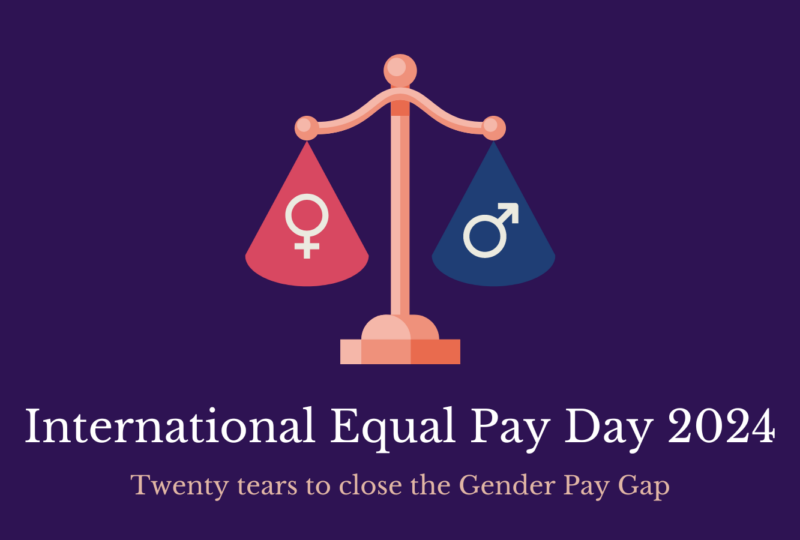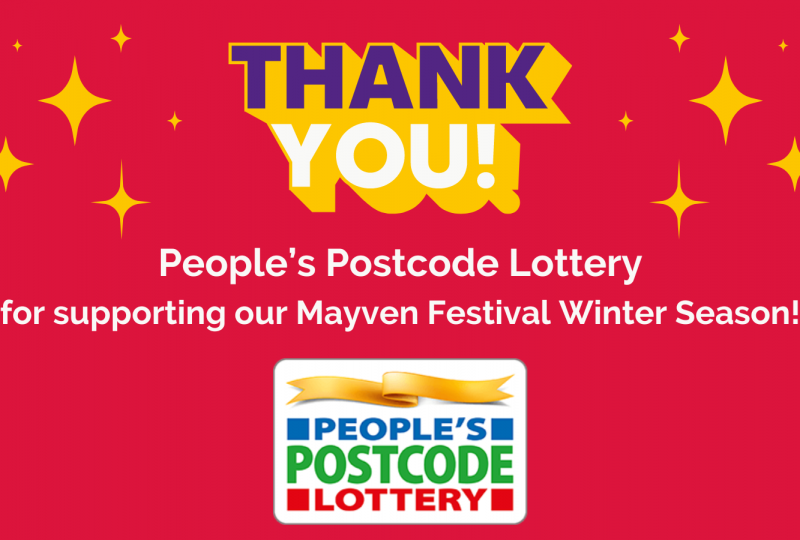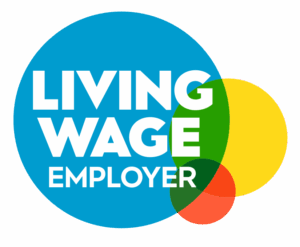The Living Legacy of the Greenham Women
Update: thanks to a terrific response from you the wonderful and generous public, we’ve now filled all our volunteer places for this project. We’ll leave the background info here so you can see what we’ve got planned… more info to come as we get underway!
Volunteers are helping us with an exciting new political heritage project
Supported by The Heritage Lottery Foundation and in partnership with The Heroine Collective, feminist theatre hub Scary Little Girls are launching a project to interview and celebrate the remarkable women of the Greenham Common Peace Camp. The Greenham campaign was the largest and most radical female-run political campaign since the Suffragettes.
The Project
We are tracing the living Greenham women and sending volunteers to interview them in an effort to capture their oral testimonies. The interviews will be in-depth and could last 2-3 hours each.
We want you to be able to capture the memories and essence of each individual Greenham woman’s experiences on camp. We’re looking for anecdotes and observational details, as well as to really understand what it was like to live on camp, and the inside story on the political strategies around the campaign.
The oral testimonies will then be hosted online in a specially designed website, and also in the Women’s Library at The London School of Economics, making these women’s first person testimonies available to the public for the first time.
Additionally, a pop-up exhibition which will tour at 20 venues around the country. Volunteers will each co-host 2 exhibitions, meeting local people and helping to spread the word about this history.
What might you do?
Prior to interviewing the women, volunteers will be given a supported research period to equip themselves with enough info about Greenham to be an effective interviewer. All ten of you will also be invited to a specialist training day in Research and Interview Ethics at the University of the West of England in Bristol with our partnered academic.
There will also be other tasks you could be involved in. Some you might have the skills for, some you won’t. We’ll try and recruit a balanced team in terms of skill-set and it’s a chance to develop new skills too. But roughly, as well as being an interviewer, you might:
- create written content – features, interviews, or web copy
- help develop educational packs about the women
- help with tour booking
- manage and create images
- help with marketing
- help with archiving and collating research
- help with website and exhibition design
Work Load
The project runs from now until December 2019.
However, we don’t expect you to be working on the project the whole time, and there will most likely be weeks, or even months where you’re not doing much, or anything. At other times, it will be busier.
Key Timelines
The volunteers’ research period begins in November 2018 and runs until the end of December 2018. During this time, you’ll be invited to a training day at The University of the West of England.
Between January and March 2019, you’ll be conducting interviews with the Greenham Women.
In May and June 2019, we’ll be editing and shaping your research to be uploaded on to the website, and to be archived at The Women’s Library.
The exhibitions tour will run from August – December 2019.
We have some money for travel expenses and we will try to be strategic to save both time and expense, teaming interviewers and interviewees up by location where possible.
What you’d need to commit to…
We want to recruit 10 volunteers who are impassioned by idea of the project. We anticipate that these volunteers will bring skills to share with each other, and the project, that we haven’t even forseen. But here’s what we know you’ll need to commit to as a minimum:
- Interviewing 10 Greenham Women
- Co-hosting 2 exhibitions
- Attending training at University of the West of England in Bristol
Just to get you inspired, a few facts about The Greenham Women
Here are just a few of the things we love about The Greenham Women, and show how impactive their Peace Camp was:
- The camp was founded against the backdrop of an escalating arms race between America and the USSR in 1981. A group of women from Wales, marching under the banner “Women for Life on Earth” arrived at Greenham to try and discuss their concerns about the arrival of US Cruise Missiles that were to be stored at the base. When their requests for a dialogue were rejected, they set up what was soon to be known as “Yellow Gate” – the first and last of the Greenham Women’s Peace Camp gates. This gate didn’t close until 20 years later.
- Women from all over the UK, and the world, soon came to brave every weather and indignity to live together in order to protest peacefully and creatively about the threat to humankind from the nuclear arms race.
- Many other coloured gates sprang up including Red (the artists’ gate), Blue (the new age gate), Violet (the religious gate), Orange (the musicians’ gate) and Green (the only exclusively women-only gate; others allowed male visitors through the day).
- Many women lived there full-time despite bailiffs and police destroying their camps, often violently removing them from the site. Others joined for weekends or at specially organised times to give support.
- In a time before the internet and mobile phones, the women and their supporters managed to organise thousands for actions like “Embrace the Base” in 1982, in which 30,000 women held hands around the edges of the common. “Embrace the Base” was the largest women’s demonstration in modern history. During the camp’s history there were other events like this that saw groups as large as 50,000 and 70,000 strong join together in non-violent protest.
- In state documents only released in 2016, it became clear that Margaret Thatcher issued “shoot-to-kill” orders if women crossed the fencing at the base. That they did cross it regularly, and that not one woman was shot, is testimony to the fact that the women were able to change the hearts and minds of those around them – including the military and the police.
- The Greenham Women’s tactics of Non Violent Direct Action were taken from luminaries like The Ladies Land League in Ireland, and Gandhi in India. The women developed them to such an extent that they were able to remain on a site people repeatedly tried to remove them from, eventually growing their presence to an unremovable camp of thousands. Despite repeated arrests, police and military harassment, and a lack of any facilities like toilets or electricity, the camp lasted from 1981 to 2000.
- Started by women from Wales, Greenham became a melting pot for women all over the UK to protest a common cause, with strong representation from women from the South West, Scotland and Ireland. This radicalised a generation across class and geography about women’s rights in a way hitherto unseen since the Suffrage Movement. Women also came from all over the world to support as word of the camp grew – including Julie Christie, Yoko Ono, Peggy Seeger and Fiona Bruce.
- The children of Greenham women today report their time at the camp and the effect it had on their politics and life choices. Many are leaders of the feminist movement today, continuing Greenham’s matrifocal legacy.
- The Greenham Women were thrust into the media. This meant that ordinary women suddenly found themselves the object of smear campaigns by the tabloids and were sought out for comment by broadsheets and television. The media obsession with Greenham was a huge part of pushing discussions around feminism into the mainstream – where it has remained ever since.
- Ultimately the peace camp triumphed. By 1989, the missiles were being removed from the base and by 1990, the US had declared it out of operation.
- The legal initiatives some of the women successfully took through the High Court to allow them access to the common, have their roots in the land rights movement and have inspired current campaigners in the political campaign against fracking. Green and student activists also use Non Violent Direct Action tactics such as bolt cutting, laying in front of vehicles, locking on to fencing and sit-ins, all a direct legacy from the Greenham Women.




